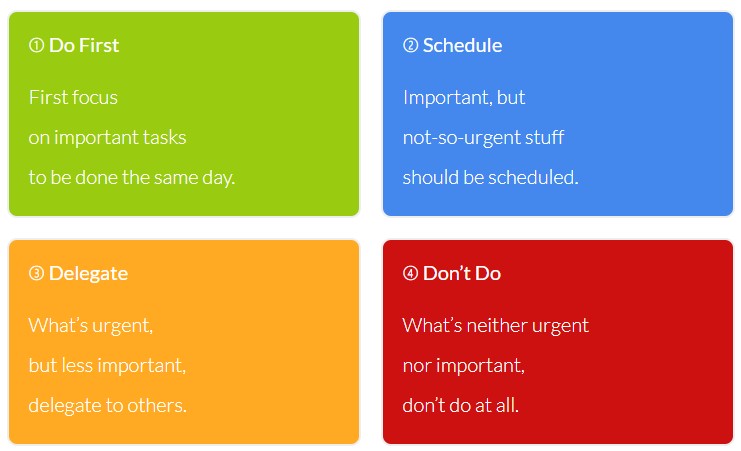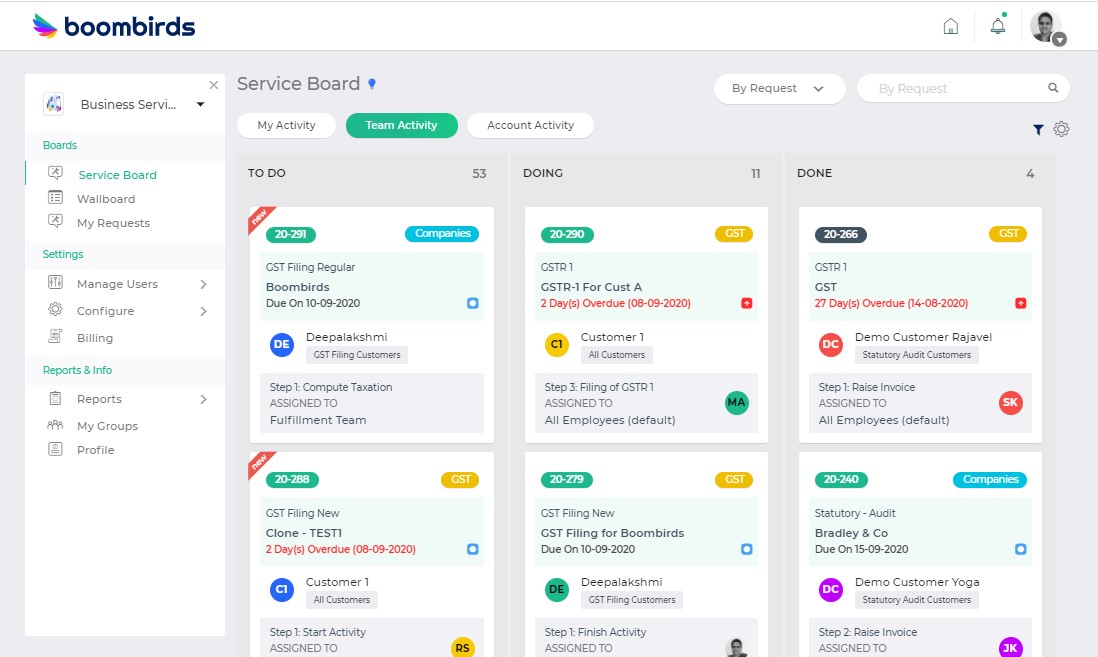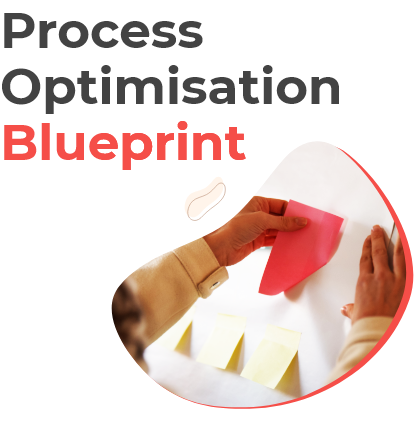Qualities of effective leaders? Here are 5 of them…

What are the qualities of effective leaders and what sets them apart? They have the same 24 hours as everyone else, so how do they manage to achieve so much?
Leadership is not a rank or a position, it is a choice – a choice to look after the person to the left of us and the person to the right of us.
~Simon Sinek
The best leaders have a system; they don’t become the best by accident or pure luck. Great leaders effectively manage their priorities, and they let their priorities effectively manage their time.
Planning their results ahead of time, organising priorities and delegating responsibilities are some of the critical success factors of leaders who thrive.
In his book, The 7 Habits of Highly Effective People, Steven Covey recommends creating a list of urgent, important, and trivial tasks using quadrants, also known as the Eisenhower matrix. This matrix can clearly help distinguish the most important tasks and those that are time consuming and can hamper progress. Eventually, leaders will start paying attention to the most important and urgent tasks, leading to a significant increase in productivity.

Source: https://www.eisenhower.me/eisenhower-matrix/
One of the qualities of effective leaders is defined by their ability to set strong, SMART goals for their teams, leading by example, mentoring employees by creating career growth plans and leadership paths for their teams, and by demonstrating their people leadership skills. It is said that even Steve Jobs, after listing out his top ten priorities for the day, used to cut out the last seven and ask his teams to focus only on the top three!
Less really is more.
However strong a leader may be, there are times when even the most organised become bogged down and overwhelmed with too many items on their agenda, and no idea which issues require their attention first. Mapping operational issues or client requests on a Smart Service Board, with clear deadlines and processes can help to give some much-needed direction on setting priorities.
Many leaders also often struggle with the challenge of little or no visibility into what their teams are doing daily – highlighted even more so with the remote work situation 2020 has brought. This is where the Kanban value stream is most useful, as it helps leaders visualise their tasks and makes prioritisation easier, for both, themselves as well as for their teams.
How does Kanban help leaders to prioritise?

The Kanban principle starts with listing out the pending tasks first and prioritising them based on their urgency. This will clearly move the most important tasks up the ladder and push the not-so-important ones and the less urgent ones, further down the list. This TO DO-DOING-DONE approach deals with the most urgent items first and then moves on to the next, which will set a defined workflow for each of the processes and streamline it along the way.
Also read: 6 Ways Leaders of the Future Prioritise their Workload
Kanban is just one tool leaders can leverage to maximise productivity and optimise their resources. What else sets them apart?
5 qualities of effective leaders
1. They plan their week rather than just a day:

Most leaders typically take time out during the weekend to plan their week ahead. Once the priorities of the week have been decided, they are then assigned to the days on which specific tasks should be carried out. Starting out with a weekly plan greatly helps in giving leaders a headway into what’s in store for them during the week. Ad hoc tasks can also be included based on the availability of extra time.
2. It’s not the beginning, but the end that matters:
Proactively making decisions keeping the endgame in mind goes a long way in ensuring constant growth and avoids redundancy. Stephen Covey rightly says,
“Proactive people recognise that they are ‘response-able’ and don’t blame genetics, circumstances, conditioning, or conditions for their actions.” ~Stephen Covey
3. Ignoring what can be, and making time for everything else:
Another of the qualities of effective leaders is they have the power and experience to say ‘No’ when necessary – this helps put things in perspective and gives leaders the authority to control what’s most important. This discipline is sure to go a long way in culling out the unnecessary items, completing the most urgent tasks first and striking completed items off the list.

“Effective leadership is putting first things first. Effective management is discipline, carrying it out.” ~Stephen Covey
4. Digitising as a key to succeed: yes you Kan(ban)
Using technology wherever possible to make the best possible use of time is probably one of the best things for leaders to do. Define processes for every job function and allot key members to manage them – adopt a workflow management application to digitise and manage this and hey presto – you’ll find teams being more aggressive in completing their jobs while you can use a Kanban-based service board to check the work status anytime, anywhere. In other words, ‘Kanbanise’ your work to see amazing results!
5. Looking at what lies ahead, and treading the road less travelled
Great leaders devote less or no time to the mundane daily routine – they delegate that to their peers – and focus on the big and the most important picture – growing their business. Working towards the organisation’s vision and mission is the topmost priority of any leader – reducing any distractions that move the leader’s focus away from this is pertinent to success.

Focusing on doing things differently rather than doing different things helps leaders define who they are. In other words, innovation is key. And leaders who make this an integral part of their day become trendsetters for others to follow.
Great leadership has no second chance. A leader is either defined by their greatness or by the lack of it. By applying a few simple techniques to evaluate priorities, by paying attention to organisation principles, and by sidestepping the most common delegation pitfalls, managers can become mentors, and leaders can become visionaries. These principles are profound for a great leader – and can be easily applied by anyone to rise to the occasion and truly lead effectively.

Where do you begin?
Head straight to our Knowledge Centre, for a wealth of information and content, free e-books and more! For starters, here’s a free e-book on getting started with and implementing Kanban based workflows in your organisation:
Download the Process Optimisation Blueprint now
So, what are you waiting for?
Are you tired of…Messy, manual processes that can't be scaled?
We work with operations leaders looking to digitally transform their manual back-office processes and procedures.
We combine your existing business processes with our software, plus decades of enterprise process re-engineering and change management experience to quickly scale and see the results you are looking for.





